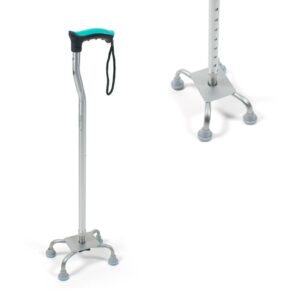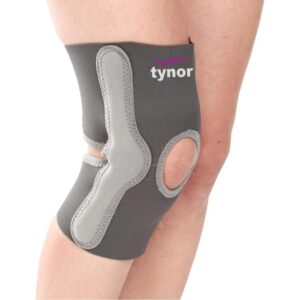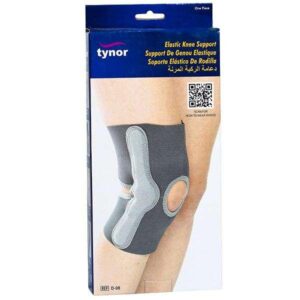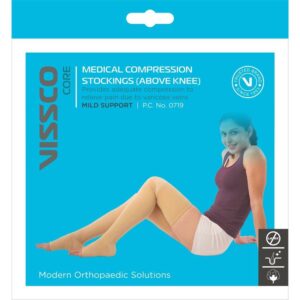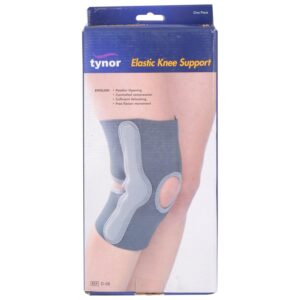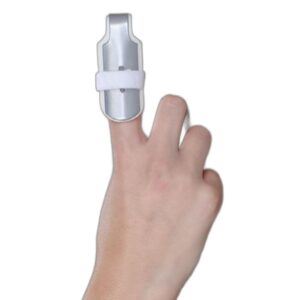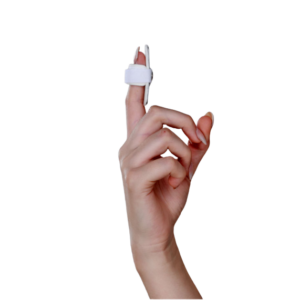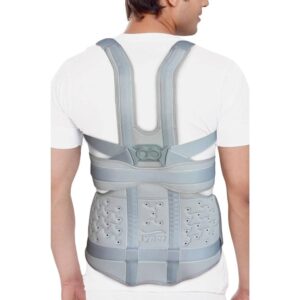KNEE BRACING
KNEE BRACING: Knee bracing is not a drug; it is a non-pharmacological treatment method for knee injuries and conditions. Knee braces are devices made of various materials such as neoprene, fabric, metal, or plastic, designed to provide support and stability to the knee joint.
Use: Knee bracing is used in the management of various knee conditions, including ligament injuries (such as ACL or MCL tears), osteoarthritis, patellar instability, meniscus injuries, and knee instability. It is also used as a preventive measure in sports or activities that put stress on the knee joint.
Mechanism of Action: Knee braces work by providing external support to the knee joint, which helps to stabilize the joint and limit excessive movement. They can help reduce pain, relieve pressure on injured structures, and aid in the healing and rehabilitation process. Additionally, knee bracing can help improve joint alignment and proprioception (awareness of joint position), which can contribute to improved joint function and injury prevention.
Dose: There is no specific dose for knee bracing as it is not a drug that needs to be administered in a specific quantity. The type and duration of brace use depend on the specific injury or condition being treated. It is essential to follow the instructions provided by a healthcare professional or the manufacturer of the knee brace.
Side Effects: While knee bracing is generally safe, some potential side effects or considerations include discomfort, skin irritation, allergic reactions to materials used in the brace, restriction of blood flow or circulation, muscle weakness due to overdependence on the brace, and decreased knee proprioception. These side effects are relatively rare but should be monitored, and any concerns should be discussed with a healthcare professional.

